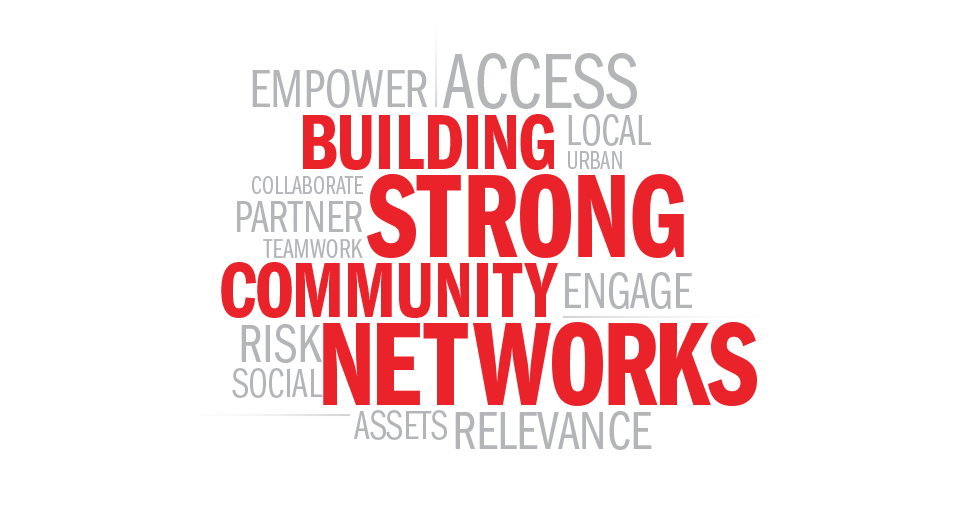advertisement
Community Networks Key to Connecting Africa, says Internet Society
Internet access in Africa continues to grow with over 450 million people now connected to the Internet though 60 percent…

Internet access in Africa continues to grow with over 450 million people now connected to the Internet though 60 percent of the population is still offline, a connectivity gap Community Networks are addressing.
A statement from the Internet Society, Community Networks are communications infrastructure built, managed and used by local communities.
“Enabling communities to actually connect themselves is a new way of thinking,” explains Michuki Mwangi, Senior Development Manager for Africa at the Internet Society.
advertisement
Community Networks provide a sustainable solution to address the connectivity gaps that exist in underserved urban, remote, and rural areas around the world.
In Africa, where these gaps are more prevalent, a recent survey was able to identify 37 community networks initiatives in 12 African countries, of which 25 are considered active.
Access to spectrum is critical for Community Networks. Policy makers and regulators can play a key role in ensuring innovative approaches to making spectrum available by working with Community Networks.
advertisement
An Internet Society report (https://www.internetsociety.org/policybriefs/spectrum) examines the various ways that Community Networks can gain access to spectrum, including the use of unlicensed spectrum, sharing licensed spectrum, and innovative licensing.
“Policy makers and regulators should recognize that connectivity can be instigated from a village or a town and that they can help communities to connect themselves by providing an enabling environment with innovative licensing and access to spectrum,” added Michuki Mwangi, Senior Development Manager for Africa at the Internet Society.
The Internet Society in partnership with the Association for Progressive Communications (APC) and Zenzeleni Networks will hold the third Africa Community Networks Summit in the Eastern Cape, South Africa from 3-7 September, 2018.
advertisement
“These networks not only provide affordable access in areas where operators don’t find it commercially viable to provide similar services, but, by being built and operated by people from within the community, they bring many other benefits to the areas where they operate. They are key to enabling the unconnected connect themselves in Africa,” explains Carlos-Rey Moreno, Community Access Project Coordinator for APC.
The Summit aims to promote the creation and growth of Community Networks, increase collaboration between community network operators in the region, and to provide an opportunity for them to engage with other stakeholders including content producers, regulators and policymakers.
Participants from 13 countries in Africa (Kenya, Uganda, South Africa, DRC, Zimbabwe, Zambia, Malawi, Namibia, Cameroon, Tanzania, Sudan, Egypt and Ethiopia) will be attending the summit in addition to attendees representing Community Networks in Spain, Germany, Argentina, India and the United States.
The conference sessions will cover topics ranging from how Community Networks can close the connectivity gap in Africa to strategies to support local access.
Discussions will also include how local networks can be used to improve delivery of basic services and inspire creation of locally relevant content and services, as well as how to create policies and regulations that enable Community Networks in Africa.
All revenues stay in the community and the residents together decide what is done with the proceeds.
The cost to deploy Community Networks can be low. Often, the technology required to build and maintain the network is as simple as a (inexpensive, locally available) wireless router.
The networks can range from WiFi-only to mesh networks and mobile networks that provide voice and SMS services. While they usually serve communities under 3,000 people, some serve more than 50,000 users.